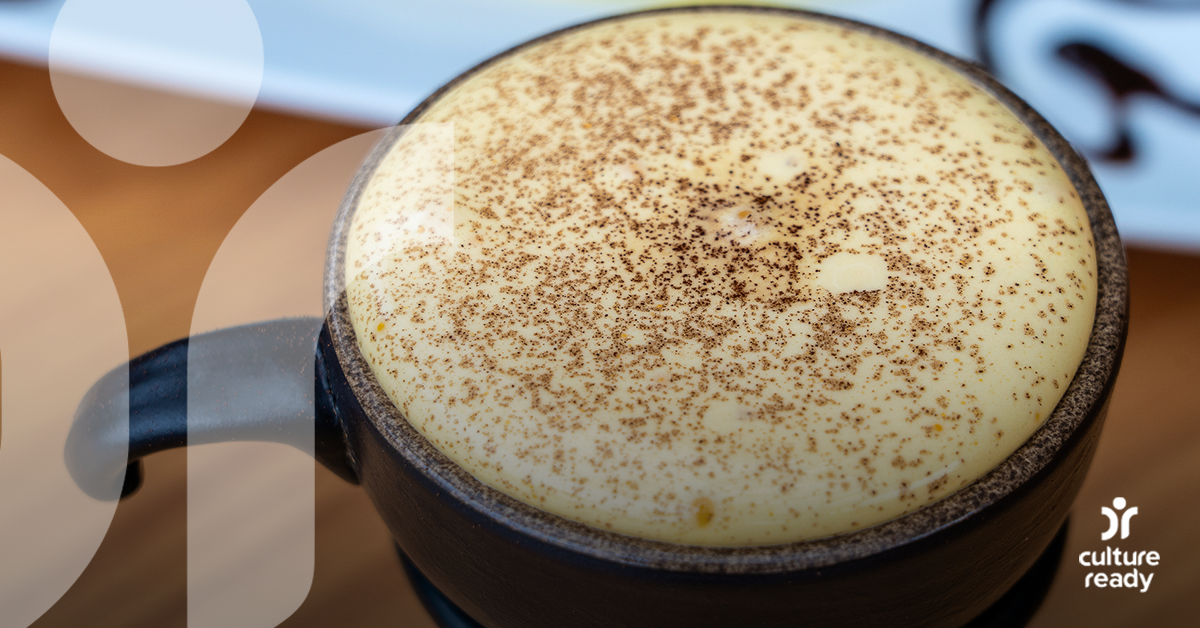An Introduction to Asian Egg Coffee
Italy has expresso. Latin America has café con leche, and East Asian countries, like Vietnam, Japan, and Korea, have egg coffee.
Egg coffee originated in Vietnam in 1946 when the First Indochina War left the country with milk shortages. Nguyen Van Giang, who was bartending at a hotel, came up with a substitute for milk — whipped egg yolks.
The drink caught on, and Van Giang opened his own café in Hanoi to serve the popular concoction, which he called “cà phê trứng” or egg coffee.
In Korea, a beverage known as “morning coffee” was very popular in the 1960s and 1970s. The drink was prepared by seasoning a raw egg yolk with salt and sesame oil and stirring it into a cup of black coffee.
The modern version of egg coffee is prepared with a combination of whisked egg yolks, sugar, and something creamy, like condensed milk or butter. The meringue-like topping is then poured on robusta coffee, making it as much a dessert as it is a beverage. It’s frequently served inside a bowl of hot water to keep it hot.
Egg coffee might remind some of another drink once popular in Asia — bulletproof coffee — which also contains butter to energize the drinker.
Today, thanks to its tiramisu-like flavor, egg coffee has become a popular drink in coffee shops around the world.
